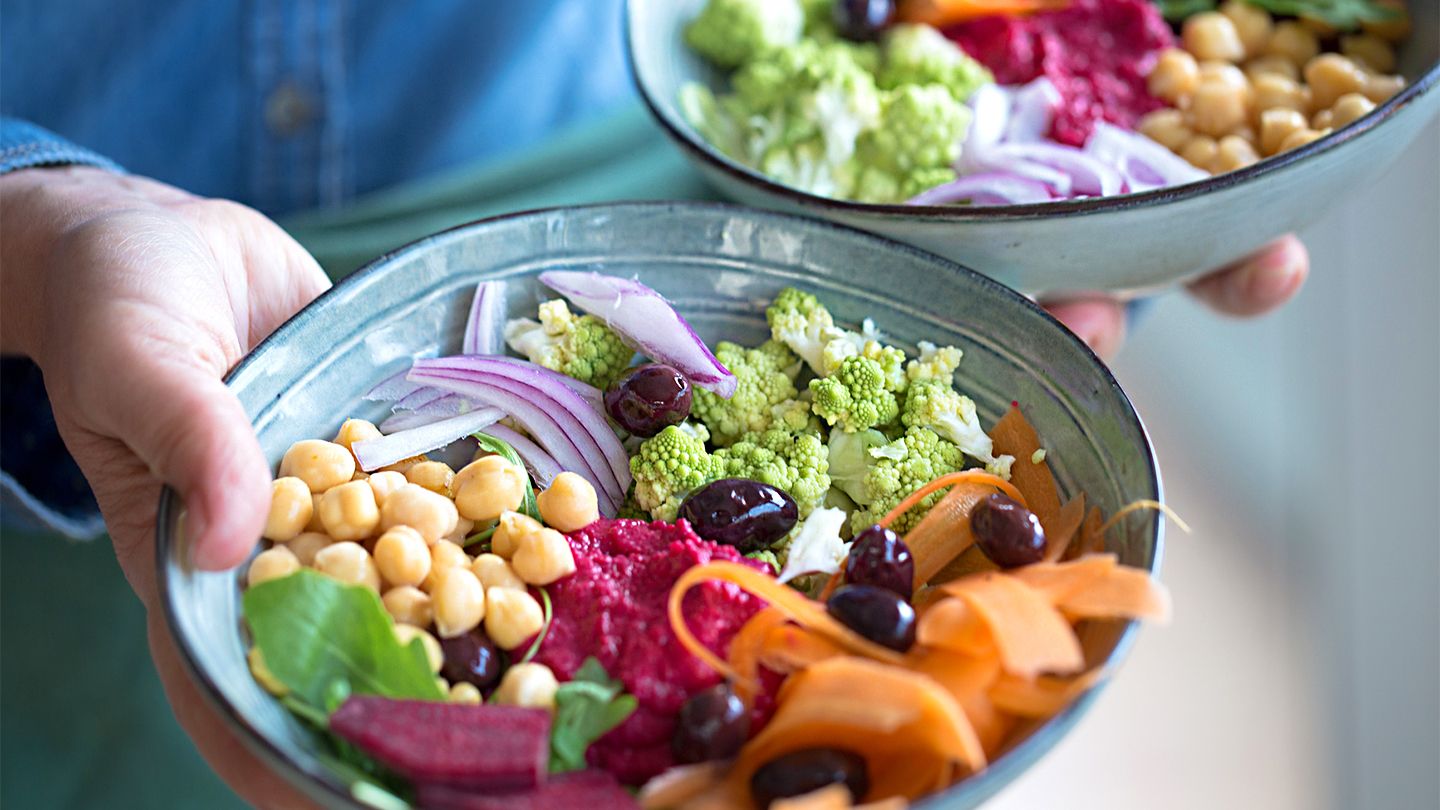In recent years, the popularity of plant-based diets has soared, and for good reason. Not only are they beneficial for our health, but they also have a positive impact on the environment and animal welfare. Whether you’re considering a complete shift to veganism or just looking to incorporate more plant-based meals into your routine, transitioning to a vegetarian or vegan lifestyle can be a rewarding journey. In this guide, we’ll explore the fundamentals of plant-based eating, discuss the benefits, offer practical tips for making the switch, and address common concerns.
Understanding Plant-Based Diets
Plant-based diets emphasize foods derived from plants, such as fruits, vegetables, grains, nuts, seeds, and legumes, while minimizing or excluding animal products like meat, dairy, and eggs. There are various degrees of plant-based eating, ranging from flexitarian (mostly plant-based with occasional meat or dairy) to vegetarian (no meat but may include dairy and/or eggs) to vegan (no animal products whatsoever).
Benefits of a Plant-Based Diet
- Health Benefits: Numerous studies have shown that plant-based diets can lower the risk of chronic diseases such as heart disease, type 2 diabetes, high blood pressure, and certain cancers. They are typically higher in fiber, vitamins, minerals, and antioxidants while being lower in saturated fats and cholesterol.
- Environmental Impact: Animal agriculture is a significant contributor to greenhouse gas emissions, deforestation, and water pollution. By reducing or eliminating animal products from your diet, you can significantly reduce your carbon footprint and help mitigate environmental degradation.
- Ethical Considerations: Many people choose a plant-based lifestyle out of concern for animal welfare. By avoiding animal products, you are supporting a more compassionate and humane approach to food consumption.
Tips for Transitioning to a Plant-Based Diet
- Start Gradually: Transitioning to a plant-based diet doesn’t have to happen overnight. Start by incorporating more plant-based meals into your existing diet and gradually reducing your consumption of animal products. This gradual approach can help prevent feelings of deprivation and increase the likelihood of long-term success.
- Experiment with New Foods: Explore the wide variety of fruits, vegetables, grains, legumes, nuts, and seeds available. Experiment with different recipes and cuisines to discover new flavors and textures that appeal to you. Don’t be afraid to step out of your comfort zone and try unfamiliar foods.
- Focus on Whole Foods: Base your meals around whole, minimally processed plant foods such as fruits, vegetables, whole grains, and legumes. These foods are nutrient-dense and provide a wide range of essential nutrients to support your health.
- Get Creative in the Kitchen: Embrace your inner chef and experiment with plant-based cooking techniques and recipes. There are countless resources available, including cookbooks, websites, and cooking classes, to help you develop your culinary skills and create delicious plant-based meals.
- Be Mindful of Nutrient Needs: While plant-based diets can be nutritionally adequate, it’s important to pay attention to certain nutrients that may be lacking, such as vitamin B12, iron, calcium, omega-3 fatty acids, and vitamin D. Consider incorporating fortified foods or supplements as needed to ensure you’re meeting your nutritional needs.
Common Concerns and How to Address Them
- Protein: One of the most common concerns about plant-based diets is protein intake. However, it’s entirely possible to meet your protein needs on a plant-based diet by including sources such as beans, lentils, tofu, tempeh, edamame, quinoa, nuts, seeds, and soy products.
- Iron: Plant-based sources of iron include leafy greens, legumes, tofu, tempeh, fortified cereals, quinoa, pumpkin seeds, and dried fruits. Pairing iron-rich foods with vitamin C-rich foods can enhance iron absorption.
- Calcium: While dairy products are a traditional source of calcium, there are plenty of plant-based sources as well, including fortified plant milks, tofu, tempeh, fortified orange juice, leafy greens, almonds, sesame seeds, and figs.
- B12: Vitamin B12 is primarily found in animal products, so vegans may need to rely on fortified foods or supplements to meet their needs. Fortified plant milks, breakfast cereals, nutritional yeast, and B12 supplements are common sources.
- Social Situations: Eating plant-based in social settings or when dining out can sometimes be challenging, but it’s becoming increasingly easier as plant-based options become more widely available. When dining out, check the menu in advance, ask about vegan options, or suggest a plant-based restaurant. When attending social gatherings, consider bringing a plant-based dish to share or eating beforehand to ensure you have options available.
Conclusion
Transitioning to a plant-based diet is a personal journey that can have profound benefits for your health, the environment, and animal welfare. By starting gradually, exploring new foods, focusing on whole foods, getting creative in the kitchen, and being mindful of your nutrient needs, you can successfully make the switch to a vegetarian or vegan lifestyle. Remember that everyone’s journey is unique, so be patient with yourself and celebrate the progress you make along the way. With dedication, openness, and a willingness to embrace change, you can thrive on a plant-based diet and contribute to a more sustainable and compassionate world.












